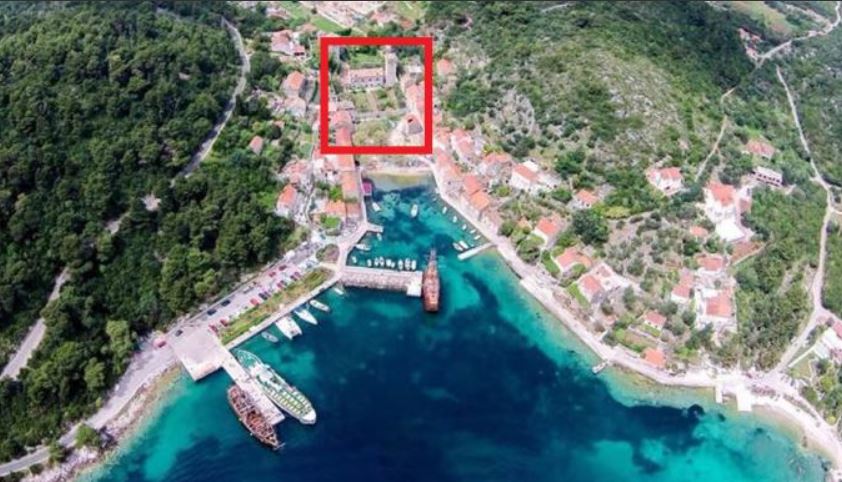September 13, 2020 - Continuing the recent TCN tour of the Elaphiti Islands near Dubrovnik, a quite spectacular Sipan Renaissance palace to finish. The glory days of the Dubrovnik Republic must have been glorious indeed!
Croatia has more than a thousand islands, and while it would be natural to assume that they are all very similar, nothing could be further from the truth. A few years ago I wrote an article to that effect called Croatian Islands: 25 Things to Know about the Gems of the Adriatic.
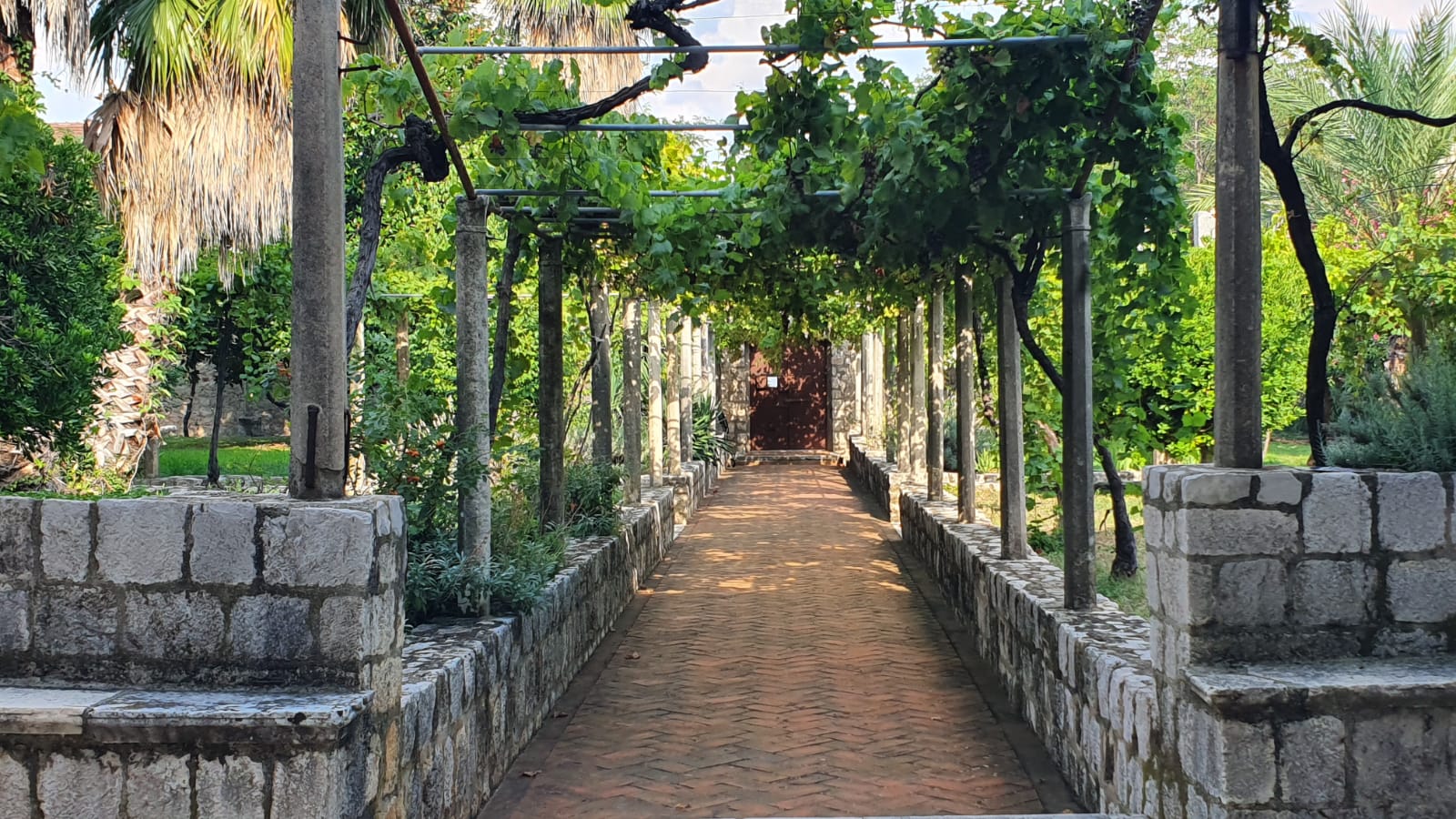
(Photos by Taliah Bradbury)
The oldest public theatre in Europe, the birthplace of cricket in Europe outside the UK, the bay where an abdicating British king started a naturist movement, the place were slavery was first abolished more than 500 years before the birth of the United States - the list goes on. One thing was very clear to me - no two islands were the same, and each had its own magic to contribute.
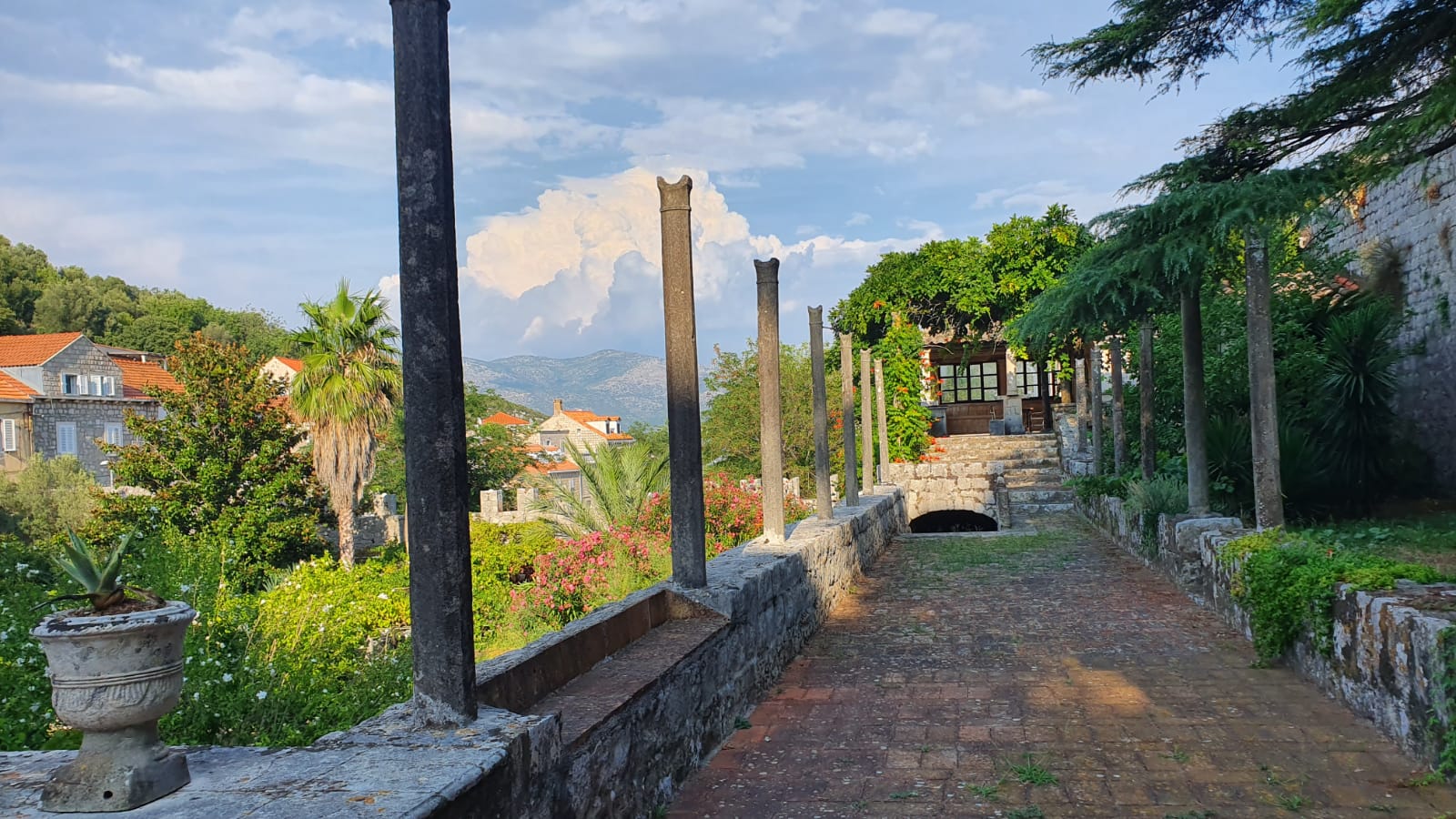
One of the big holes in my knowledge of Croatia was filled this summer, as I finally got to visit the three Elaphiti islands close to Dubrovnik. I knew that they were special, but I had little concept of what one could experience there.
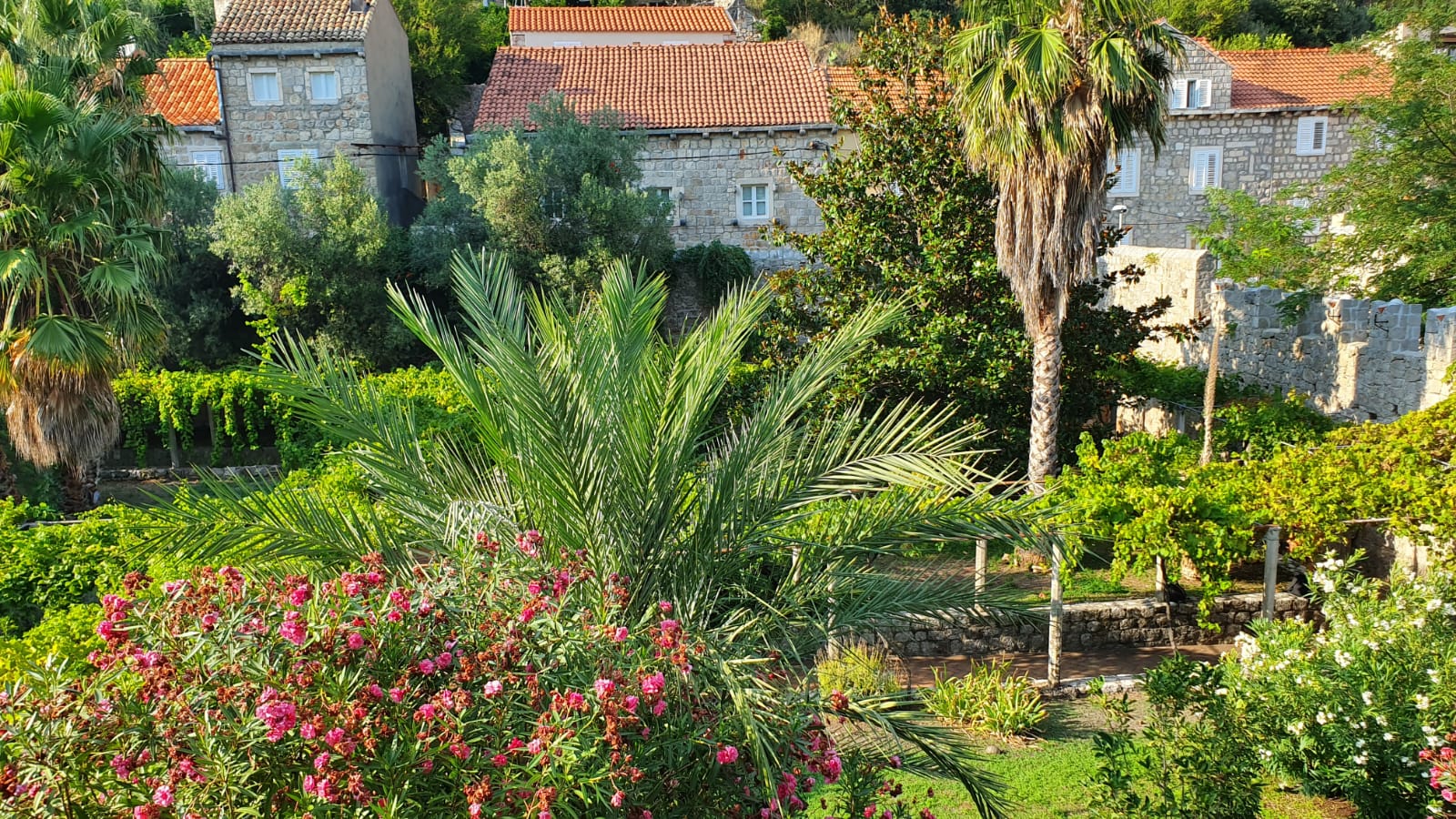
It turns out that they are very special indeed.
My discovery was island by island, starting with the closest, Kolocep (Arise Kalamota! Kolocep, 30 Mins from Dubrovnik But a World Away), followed by Lopud (Lopud: Carless, Timeless, Carefree Dalmatian Sunset Heaven). And, after the perfect introduction to the final - and largest - island with lunch at Hotel Bozica on Sipan, it was time to wander down to the village of Sudjuradj, where some of the secrets of the island were revealed.
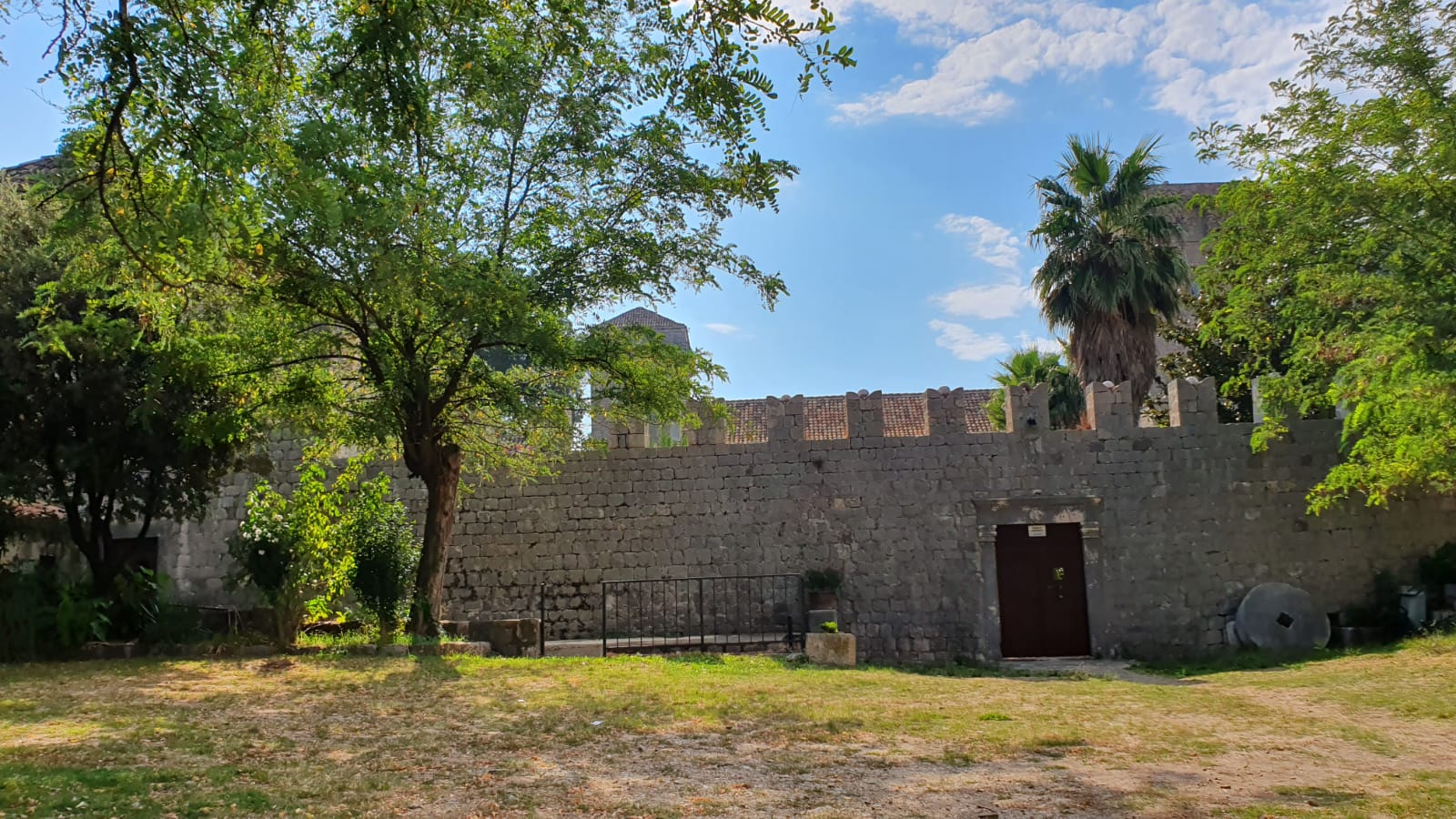
There are only about 50 islands which are inhabited today, and their numbers are much, much less than they were 200 years ago. Emigration in search of economic opportunity is the main reason, and visits to islands such as Sipan are a reminder of the glory days of yesteryear. I was not sure what to expect on Sipan, but it was certainly nothing quite like this - a Sipan Renaissance Palace which must be among the most elegant buildings on all the islands.
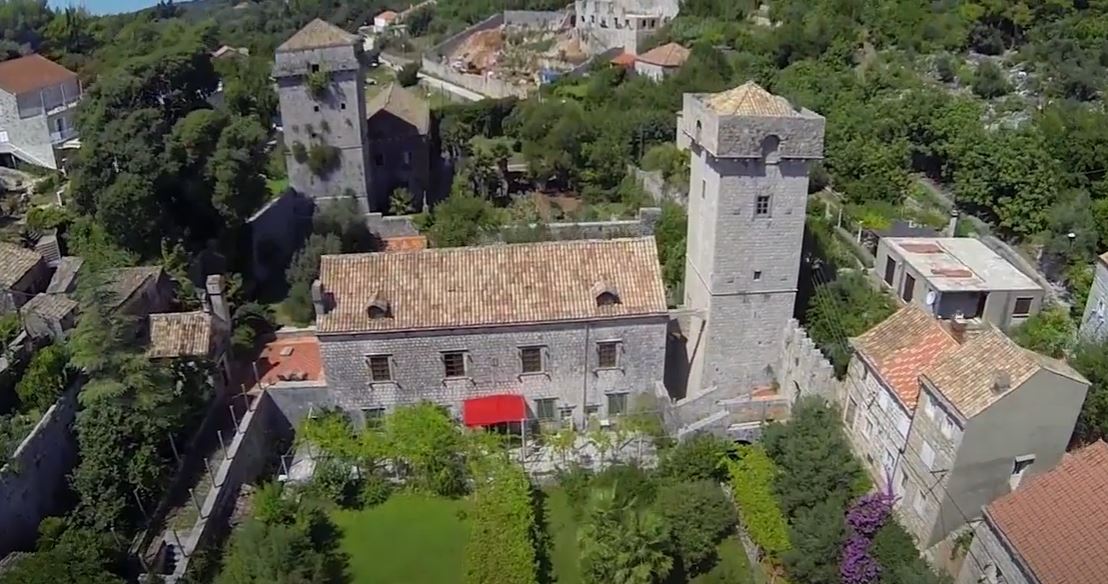
Several weeks later, as I come to write this article, there was perhaps an even bigger surprise - almost no information online at all about this wonderful complex, especially in English. Easily the most impressive building on the island, but almost no information whatsoever. Indeed, the most comprehensive introduction was on the buying and selling website, Njuskalo, which was selling the property last year for a cool 2.5 million euro:
The summer residence / castle of Vice Stjepović-Skočibuhe on the island of Šipan from 1563 is a protected cultural monument in Croatia. It has an area of 800 m2 and the land of 3000 m2.
The larger one-story building is intended for family housing. It is made of worked stone. The smaller house was built for a family monk (main and auxiliary building). The chapel along the southern part of the family building was dedicated to St. Thomas.
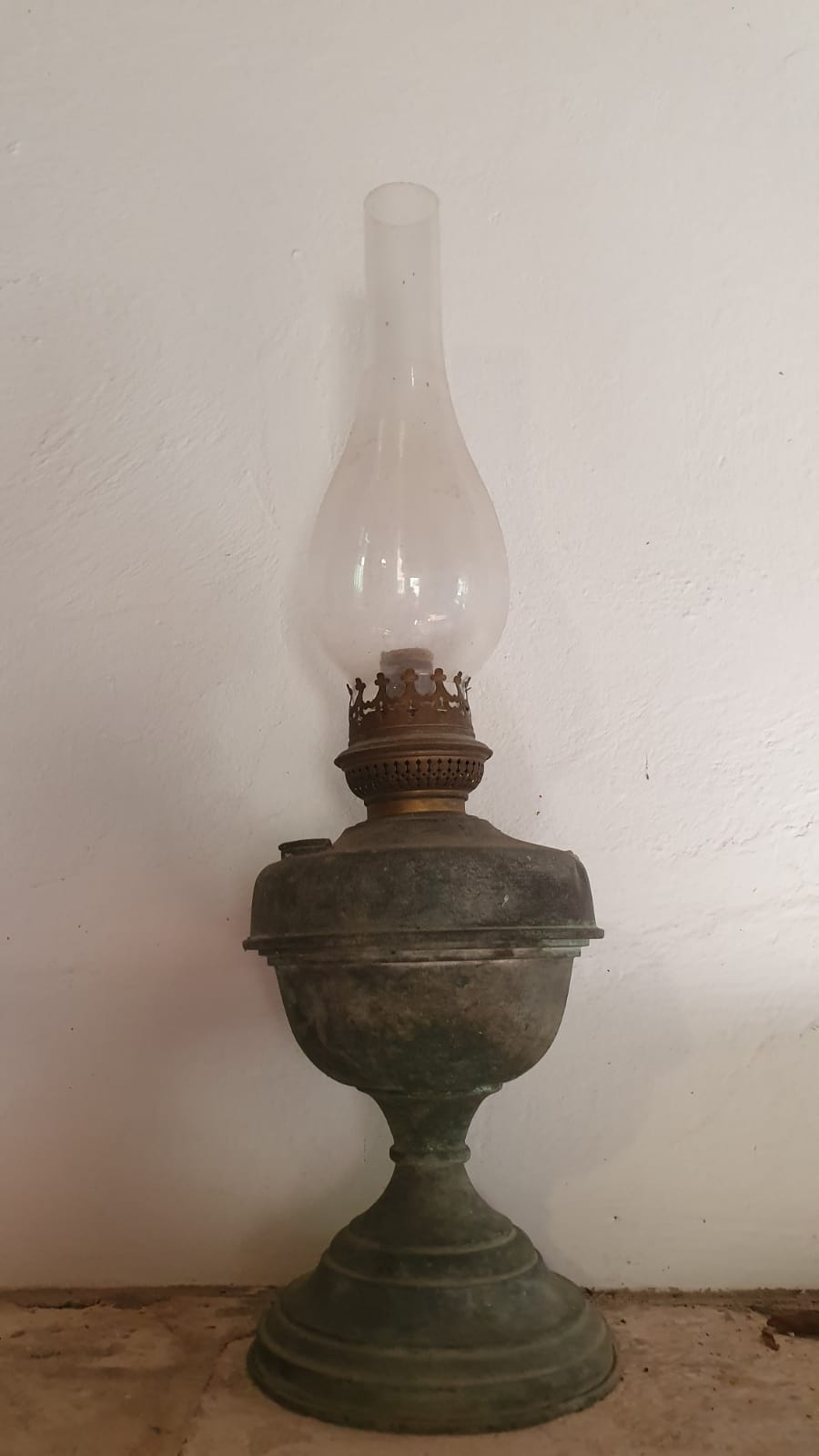
Completely completed at the end of the 16th century, it consisted of a family house, two towers on three floors (to defend against pirates), a front and back garden with a rectangular promenade, the church of St. Tom, lodges, mill, cisterns in the house and in the tower, storage rooms, pavilion on the terrace, bridge and fortified entrance.
The mansion houses a renaissance rectangular fireplace with preserved stucco hood decoration (which is an exception in the Dubrovnik area!), An elegant Renaissance stone sink with embossed edges and a rare example of the only preserved wooden balcony (balatur over the staircase of the Lodge fence 16). century.
The mansion has all the characteristics of Dubrovnik countryside architecture. It is the only and completely preserved country house of its kind in Croatia.In the 2000s, it functioned as a museum.
The property did sell, and I managed to find a video tour of the property from the previous owner, a prominent dentist - see below.
How the Dubrovnik aristocracy must have lived at the height of the Ragusa Republic!
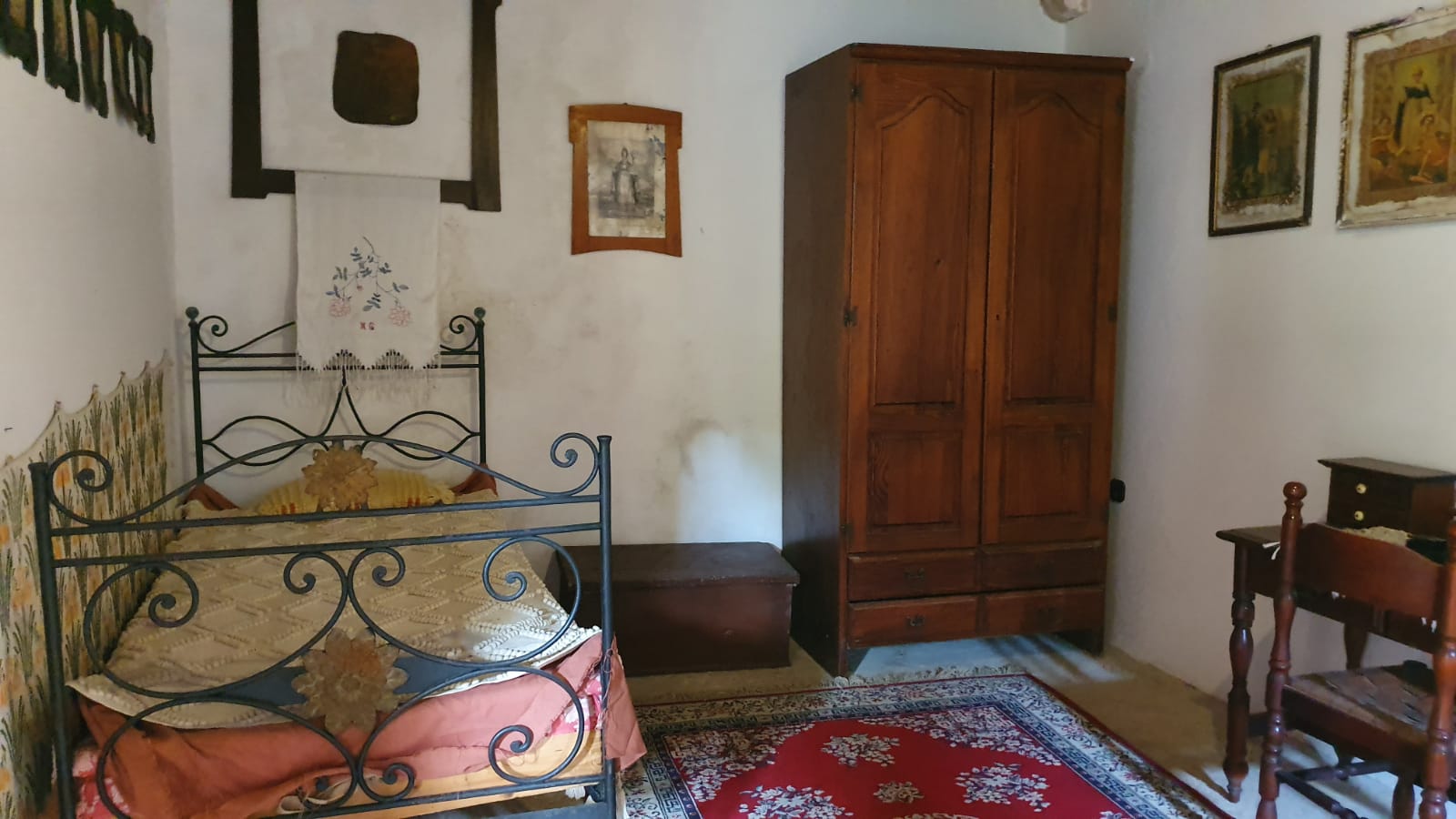
A visit and tour of the palace is possible by private arrangement, and we entered into a world gone by. A faded beauty which had seen better times, perhaps, but a beauty nonetheless, fully functional as a modern-day house (complete with televisions in the bedrooms) but firmly rooted in the authentic artifacts which make this an even more interesting heritage treasure.
A gorgeous Mediterranean garden and courtyard to welcome the guests.
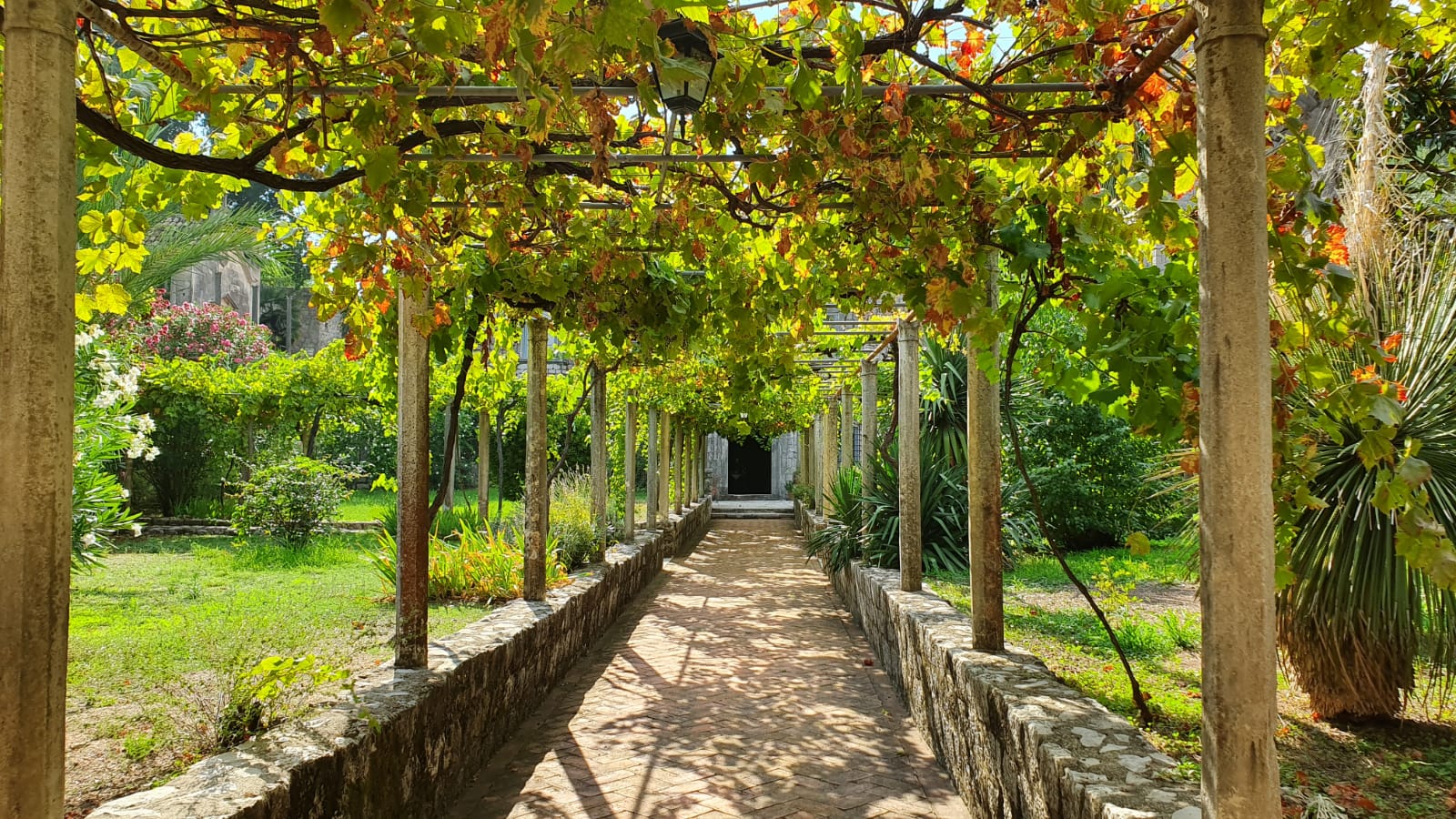
Inside was a true journey back in time, the walls and furniture seemingly untouched for hundreds of years.
The most magnificent room was on the top floor, a grand living room, as well as event hall, where singers would perform from behind the raised wooden platform.
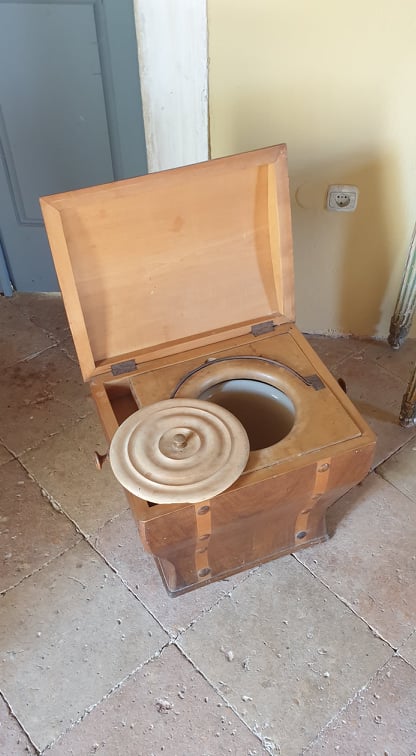
I didn't get a chance to check out the modern plumbing, but one would hope the toilet facilities were an upgrade on Renaissance times.
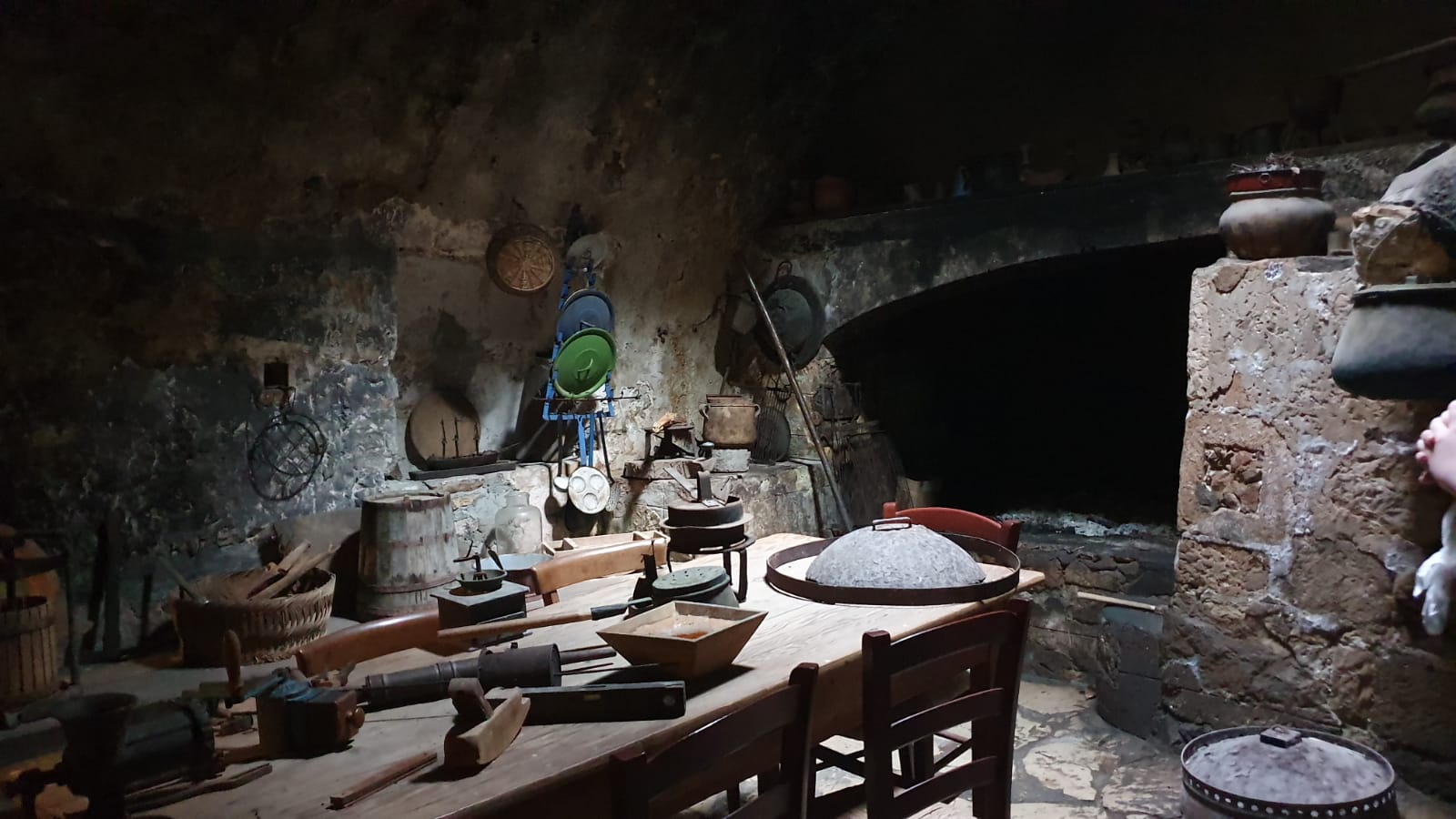
The most fascinating room for me, however, was the kitchen - still fully functioning today.
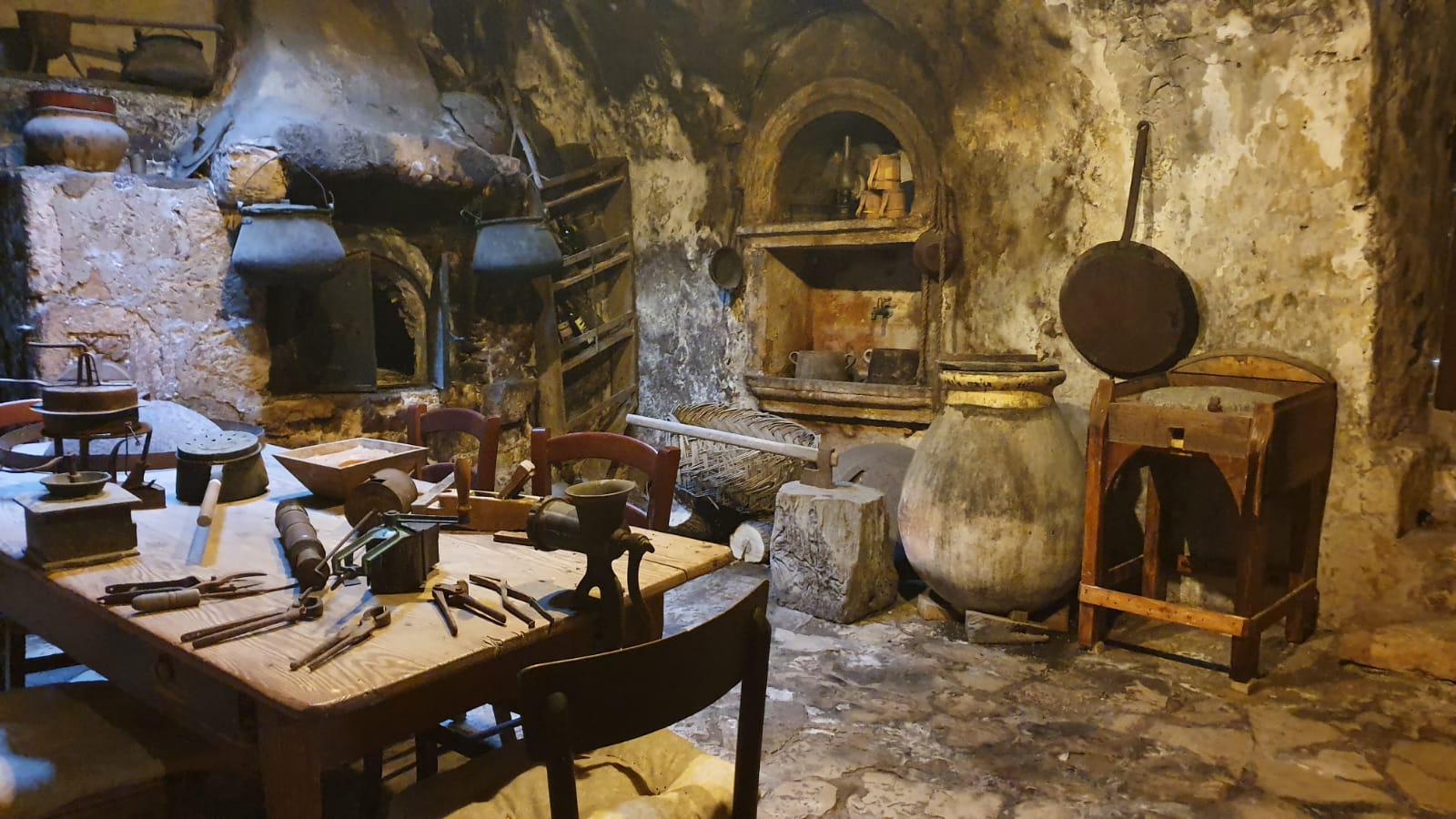
An outstanding collection of original kitchen and cooking tools, all of which were expertly explained by our guide.
A little video atmosphere of the heartbeat of the house, above.
The palace was no less impressive outside, with plenty of additional features in addition to enjoying the summer terrace view, above.
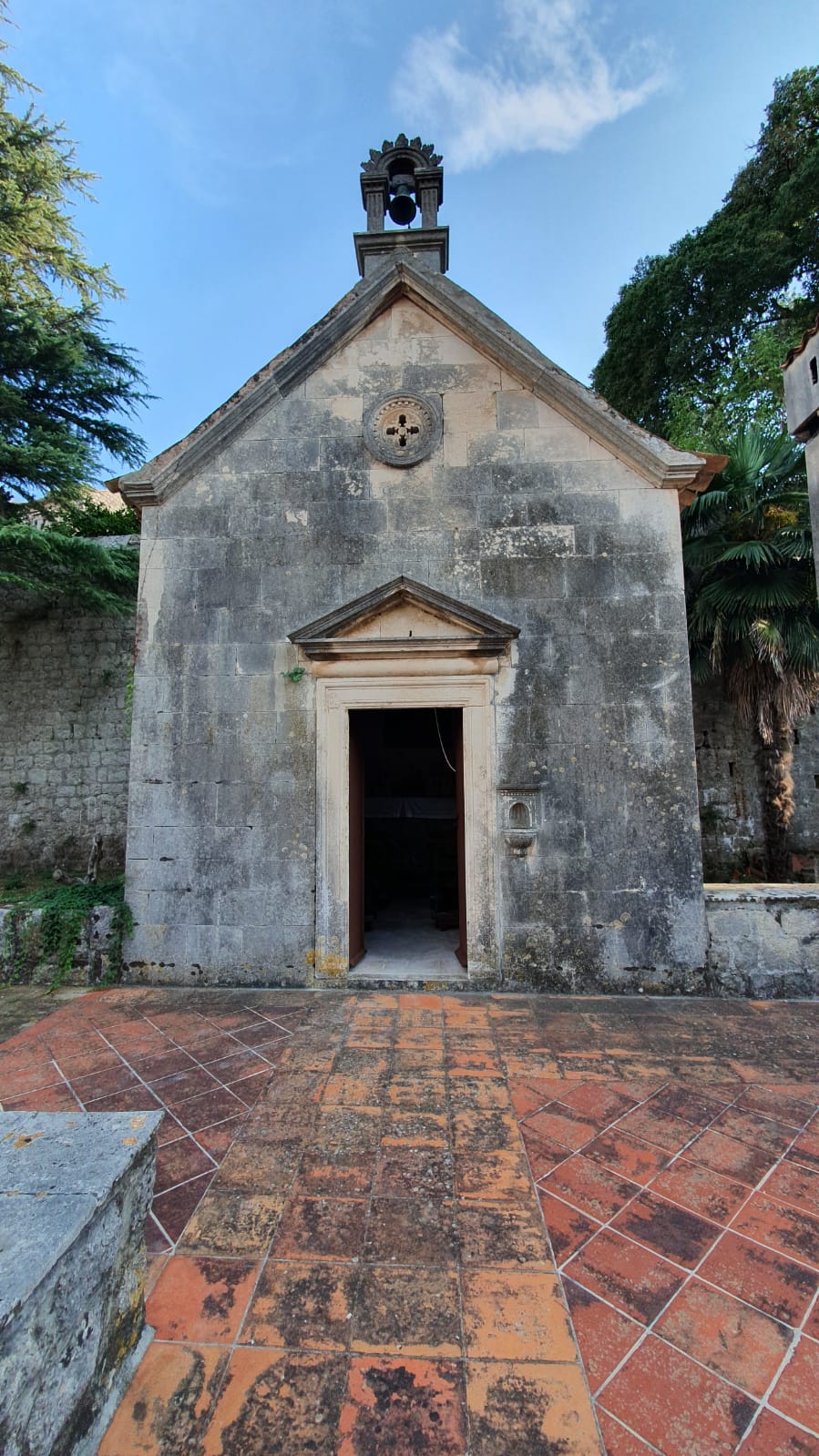
A private chapel, as one might expect for such a distinguished property, with a room for the priest nearby.
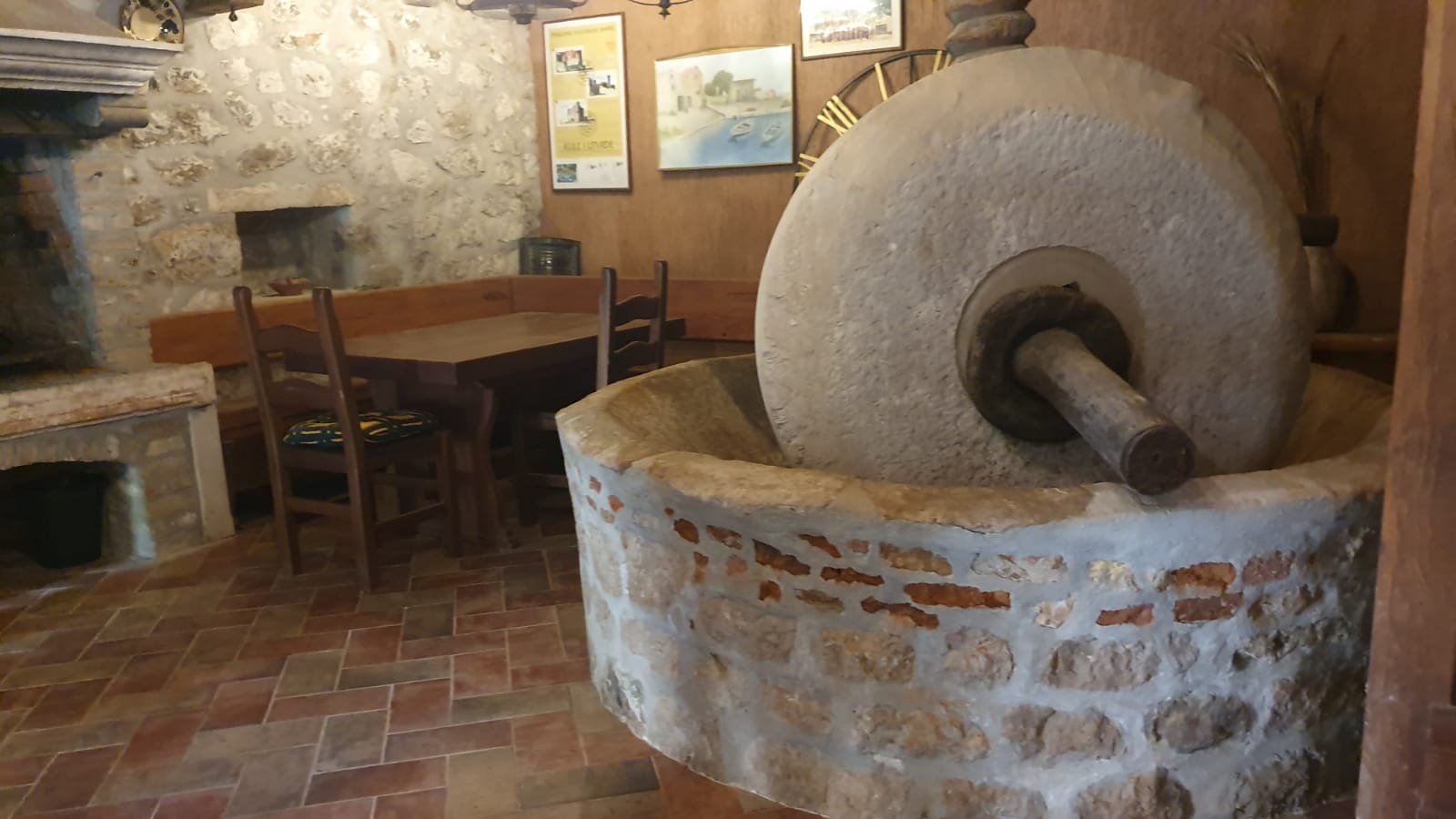
And what would a rich Dubrovnik aristocrat be without his own source of quality olive oil?
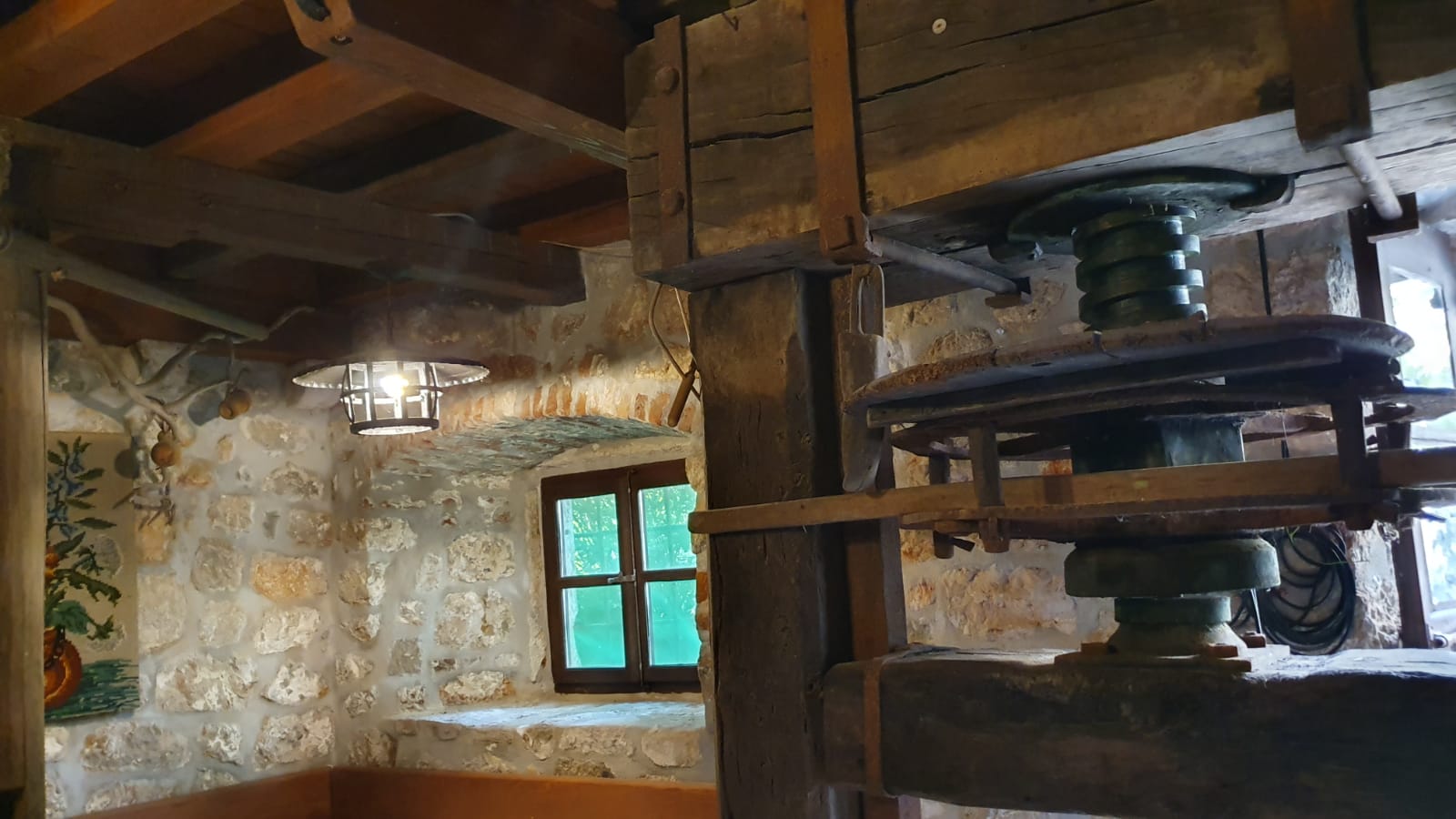
The palace mill is still in existence today, filled with original features, just like the rest of the complex.
The Elaphiti islands. Magical and well worth the wait for my first visit. It will certainly not be that long until I return.
And for those of you wanting to visit Dubrovnik but not be faced with the crowds, the Elaphiti islands offer a perfect alternative. All three are connected by regular ferry to the city (ranging from 30 to 60 minutes) and all three are a world away from the hustle and bustle of a major tourist destination. The best of both worlds.
(If you would like to have a tour of this wonderful Sipan Renaissance palace with excellent local guide Marija Goravica - and be sure to check out her carob flour and virgin olive oil, please contact us on This email address is being protected from spambots. You need JavaScript enabled to view it. Subject Sipan, and we will put you in touch).
For the latest travel info, bookmark our main travel info article, which is updated daily.
Read the Croatian Travel Update in your language - now available in 24 languages


